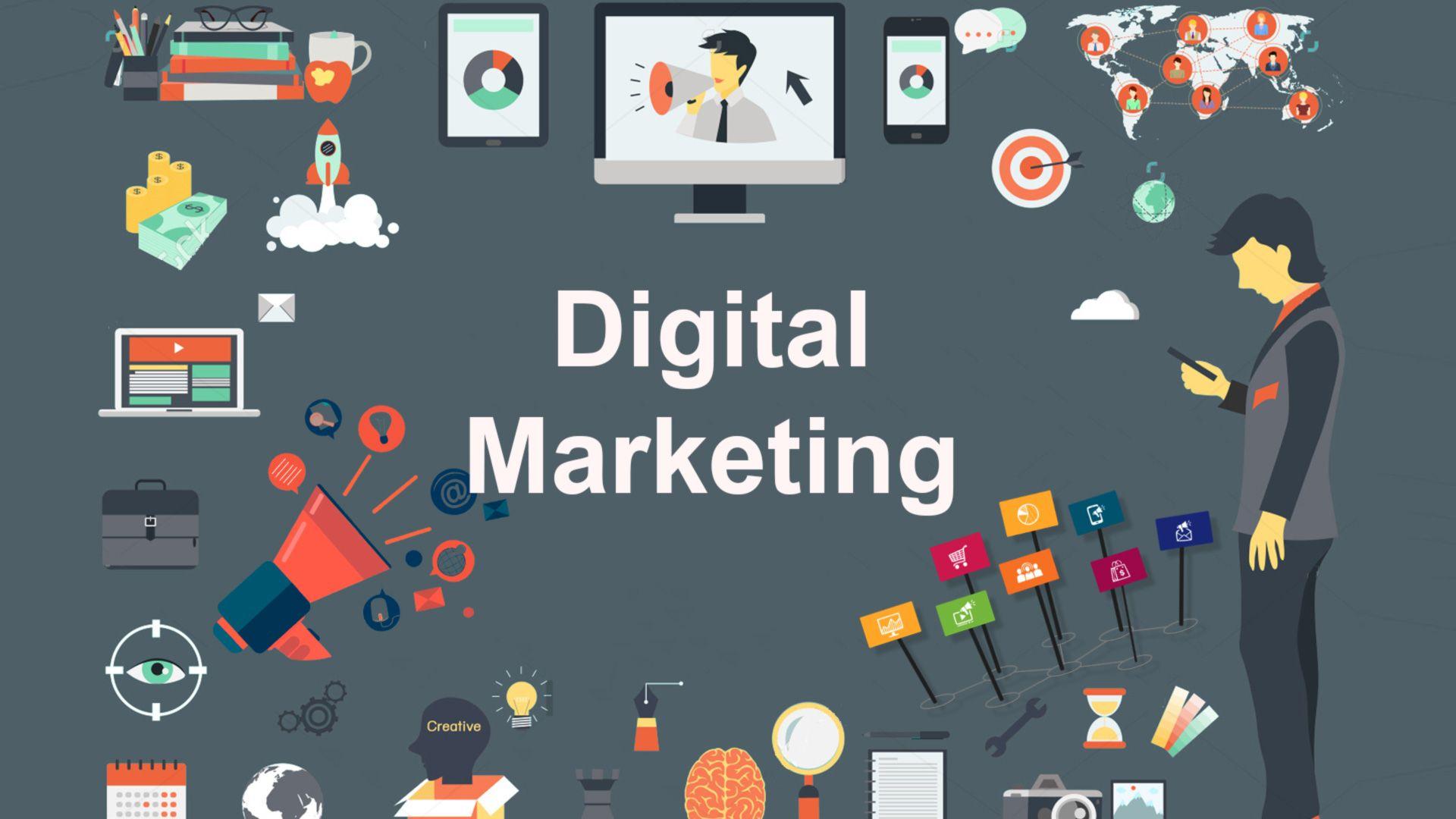Marketing funnels provide an illustration of the customer going through the process of learning about the product and then purchasing it. It’s one of the most powerful tools to help you gather insights, detect bottlenecks and remove those.
Traditional marketing funnels break in four parts which are: awareness, consideration of interest and then consideration and finally action. These stages are based on the AIDA model, but were modified to reflect current customer behavior and technology.
Awareness
Awareness is a crucial part of the marketing funnel, and it is the first step your audience takes to become customers or clients. It’s your chance to tell them what you do, who you are, and the ways you will assist them with your needs.
The stage of this process can be handled in various methods. This phase can be approached in number of different ways. A common approach is to offer useful, relevant and engaging information that will engage and educate. This is possible via social media, blog content, or even webinars.
Direct mail is yet another successful technique to help spread the word out about your business. You can send postcards and fun-filled stickers and notes written in handwriting with your logo in order to boost awareness for your company and the products you offer.
Also, make use of social media platforms for reaching out to prospective clients and customers, in addition to encouraging people to share your business or its products to their families and friends. Create a group of people who are passionate about your company, and eventually they’ll turn into fans.
Marketing funnels evolve constantly. It’s essential to keep track of it and analyse it to see if there’s any enhancements for your customers. You need both qualitative and quantitative information to determine the extent to which your marketing funnel is creating new leads and converting.
marketing funnel Making sure your customers are happy by providing them with the goods and services that they desire will determine the viability of your business. This can be measured by customer satisfaction scores, customer turnover rates, revenue recurring and the number of active customers.
They aren’t quantitative, however, you should be able measure the customer’s involvement with each piece of material. In this case, you could observe your CTAs on your blog posts to determine which ones have the highest conversion rate. This will provide you with a better idea of which posts are the best at getting prospective customers to the next stage in your sales funnel.
Interest
This is an excellent opportunity to show off your product’s potential. The audience will look over your product and determine whether or not they’re interested buying. Your product may be the most unique fitting.
This requires creativity for writing and an evidence that you value their money. An attractive landing page will show off your top attributes. Perhaps you can consider having an FAQ or live chat feature to answer their last questions before they make a decision to buy the product.
The”interest” phase is the period to shine. if you have the budget, a multi-channel approach is the ideal choice. You can re-engage visitors with newsletters and social media campaigns which provide the appropriate type of content to encourage the visitor to turn to lead. What’s more, you can monitor your customers’ development and make sure that they have a positive experience each step of the process. By using a CRM as well as an analytics software like Ortto can help you gain a greater understanding of your customer’s needs and behavior, allowing you to create higher-quality marketing collateral.
Be aware of
Consideration is the stage where potential customers evaluate your product or service and determine if it’s an ideal fit. Consumers can wait weeks, or even months to decide whether they want to buy the product or service. It’s important to provide relevant information and information to aid them through this process.
These are also a good chance for brands to grow their branding awareness. This can be done by providing content relevant to the audience they target, such as giving trial or demo versions.
In this stage, brands can further nurture leads by sending email, targeted information, case studies and more. This can be utilized by companies to inform potential customers about their solutions.
It is also possible to increase conversion rates by asking existing customers to let their friends know about their experiences. This is one of the most effective ways to boost repeat sales which can result with a greater average value for orders (AOV).
A well-designed and efficient marketing system is crucial for your company’s achievement. However, you should adapt your strategy. As the digital world changes and customers become more sophisticated, you may be able to see that your marketing plan requires a change as well.
Create more effective campaigns that guide potential buyers through the buying journey, from awareness to advocacy. In order to achieve this, it is possible to design campaigns for each customer based on their prior actions.
For example, if someone already knows about the brand you represent, they may connect with you via social media, sign up for an email list, or listen to a podcast. By mapping these interactions, it is possible to identify the level of the funnel they’re at, and you can then reach the right audience with content that matches their current state of mind.
To learn more about how to build your funnel, read our blog post, What to Look for in the Marketing Funnel you are using. We’ll discuss the various kinds of funnels that are used for marketing and teach you how to use them successfully. The course will give you ideas to help you create the most effective method to boost sales and conversion rates.
Conversion
Conversion funnels help you imagine your customers’ full journey. Conversion funnels help discern why certain customers have higher conversion rates than other customers.
Conversion funnels can be a valuable tool for monitoring and optimizing your online marketing campaigns. When you analyze the performance of your funnel for marketing, you can improve the overall experience for your visitors and increase sales.
Marketing funnels are the process that is ongoing, so it is essential to keep refining the strategy you use to market to keep current with the changing needs of your customers. It is possible to engage with your customers and make them more likely to buy by doing this.
It’s an essential aspect of the buyer’s journey because it helps you build trust with your customers. Additionally, it helps you build a strong relationship with your prospects so that they’re more likely to buy from you at some point in the future.
At this point where you draw customers for your products or services through advertising and other forms of marketing. These include blog posts and posts on social media.
You may also use offline marketing techniques to reach people who might be interested in your products in certain instances. If your target market is in certain regions or is of a specific age, this is possible.
If you are a food blogger who sells cookbooks, your blog could be utilized to attract potential customers that are looking for recipes concepts. You can then use your email newsletter and other tools to nurture prospective customers and get the buyers to finalize their purchase.
Every single conversion can be an opportunity to earn. High conversion rates mean that your website is attracting more customers to your website than your costs. It means that visitors will spend longer browsing through the pages, and they spend longer on your site.
You can track the conversion rates of each one of the stages of the marketing funnel you are using by reviewing the data in your Google Analytics reports. This data is used to evaluate if the funnel is successful.


